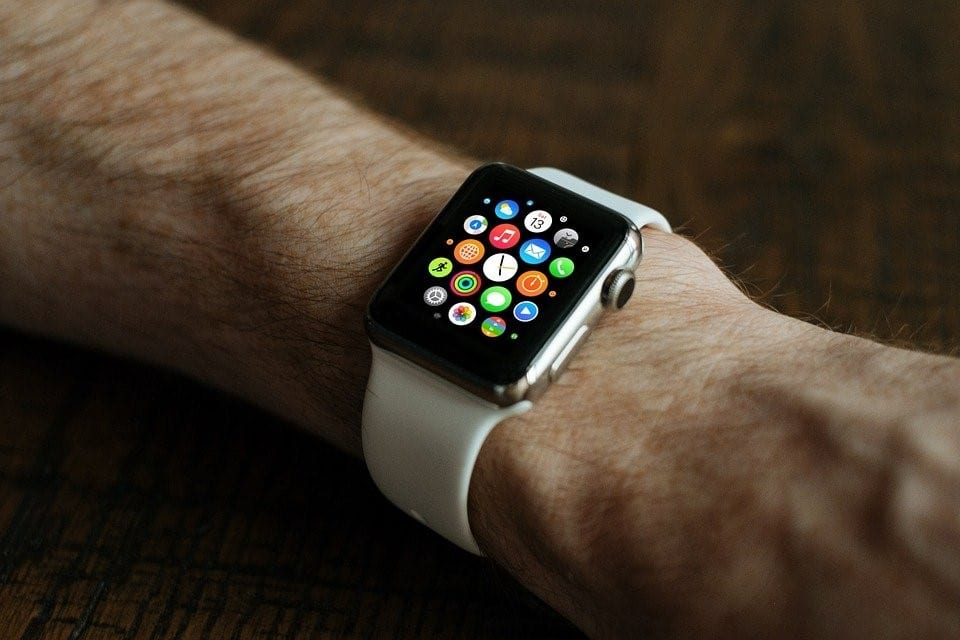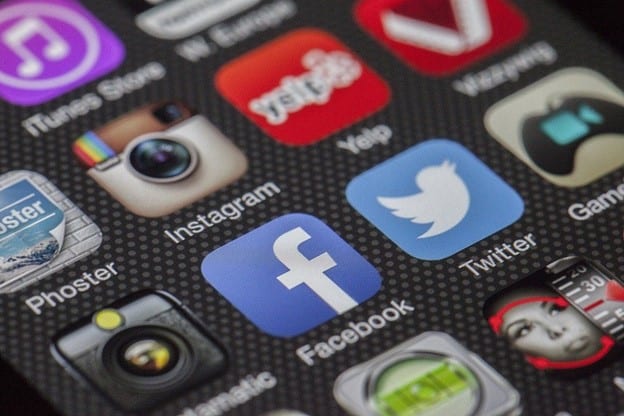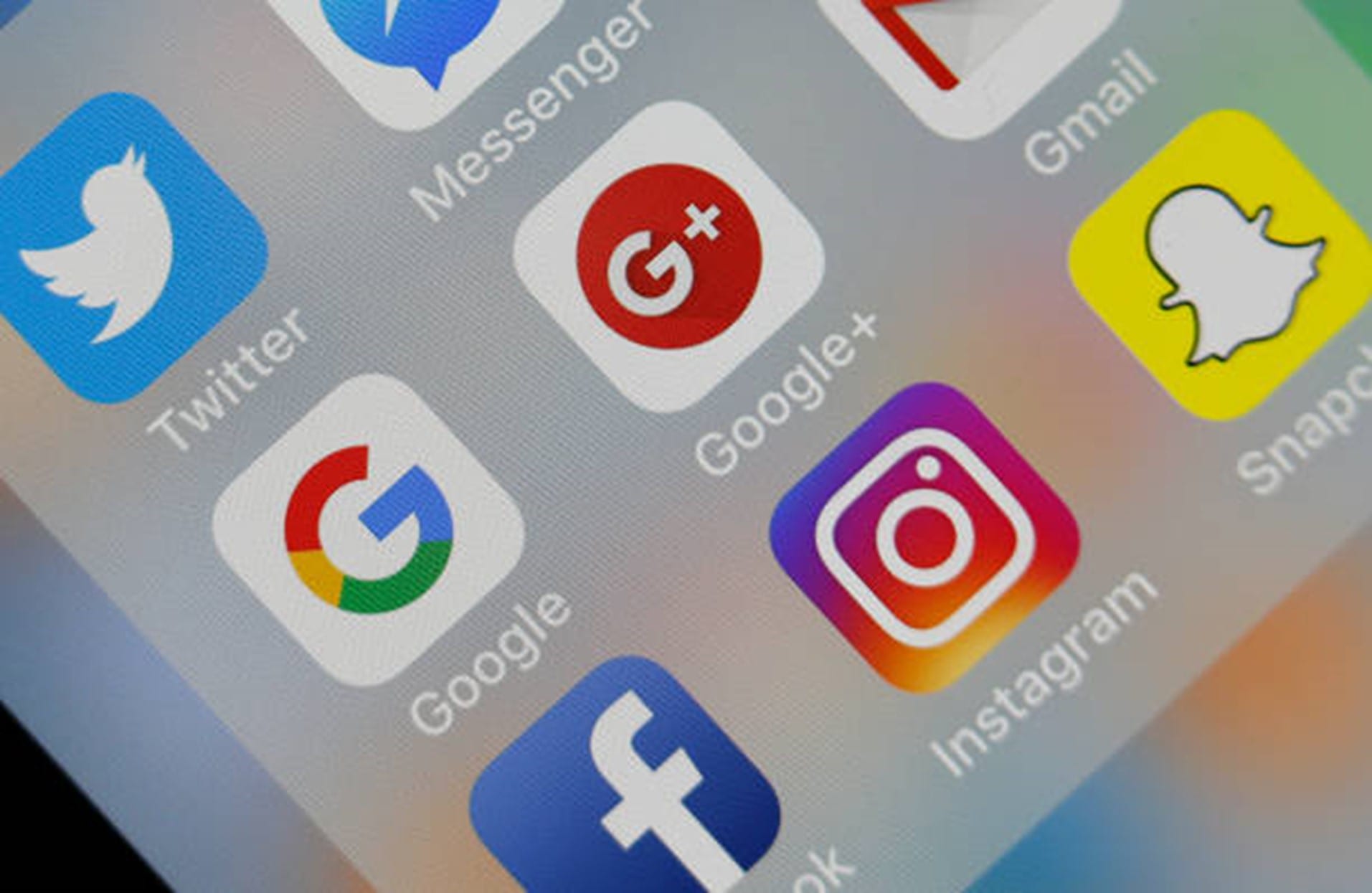How Will Smart Wearables Impact Social Media Marketing?



For a smartwatch, social media doesn’t exist the way it does on a smartphone or tablet. The smaller size and fewer options to access a wearable make it a challenge to market something to a user. Sure, the health and fitness niche has been captured by the smartwatch and the smart wearable market. Yet, no other industry has managed to influence the smart wearable market.
In the future, as smart wearables become more universal, a new marketing culture will begin to take root. This will allow for smart wearables to form their own niche in SEO and social media marketing. It will be similar to a smartphone being showed different results when it searches for a solution compared to a laptop.
What Does Wearable Technology Entail?
Wearable technology will change the way that we interact with the internet and with social media. The change is already happening. With millions of Apple Watches, Fitbits and Android Wear devices being sold every year, the shift is coming.
First, the way we receive notifications is changing. We only need to raise our hands now to receive any notable message or update from social media. Since the screens of wearables are smaller than those of phones, only the most important information can be displayed there. This may lead social media notifications and marketing to re-size notifications and edit them down to essentials.
Pay-per-click ads and banners may become obsolete, at least for the wearables industry. Essentially, to market any apps or service for wearables, a whole new SEO will have to be developed. The first thing it’ll have to take into account is the screen size.
There is also the issue of tapping any ad or notification for a single response. Ads will have to be made more accessible for the smaller screen size. Not only will they have to design responsive ways to say yes to them, but to clear them away. At this time, the way we tap and swipe notifications on our phones will serve as a foundation for this UI.
A Different Social Media for Wearables
Social media today is comprised of not just videos, pictures, and status updates. It also includes stories and highlights. While social media is already headed for a more compact consumption model, it’ll be pushed to its limits by wearables.
The most populous and popular social media networks like Instagram or Facebook now feature carefully curated posts. They feature cropped videos and stories that are easy to consume on very small screens. Most videos are cropped to fit square screens or to be viewed vertically.
For the wearables market, this is great news. Videos and stories, as well as images, can fit nicely within the smaller screens they feature. However, that’s not the end of it. Controls will have to be optimised for these small screens to run video and engage with content.
For a primarily text-based social media platform like Twitter, the wearable market doesn’t seem like a natural fit. However, Chirp, a Twitter-based client for the Apple Watch, has managed to size it down for consumption. In the app, very small bubbles of text allow you to see partial individual tweets.
This is the kind of innovation that will have to occur to serve social media to wearables. Otherwise, ported apps from other platforms won’t cut it. Hence, there is a huge need for the app market to design apps for the wearables market. That will allow social media to begin marketing to the wearables market more effectively.
Social Media Marketing for Wearables
Social media will be very different for wearables, as discussed above. It won’t just have to do with downsizing the content for better engagement, but better viewing.
Geofencing
At Apple, app developers are moving towards technology which uses geofencing. Since the Apple Watch tracks movement to record the steps you’ve taken, miles you’ve run, etc. geofencing is very valuable. Digital marketers can use this to allow businesses on social media to market to consumers. They can be offered an ad for a gym membership close to their jogging route. Or a discount at a restaurant or a juice bar near their gym.
This can lead to all sorts of special promotions and sales regarding sporting equipment, dining, and clothing. Local businesses can capitalise on the geographical location of wearables users to boost their profits and gain new customers.
What’s more, these promotions can happen in real-time. When the user in question is jogging or exercising in a certain space, the ad can pop up to indicate immediacy. When they’re exercising or travelling near a certain franchise, they can be offered a promo code or coupon. These opportunities allow for the wearables market to be a great tool for social media marketing.
This can be great for stores that are opening in new locations and small businesses just opening up. They can get the attention of the wearables users with just a single ad. The people that would otherwise miss a location or a store that just opened would be alerted to its existence immediately.
That could potentially change the game for competing businesses in any area. Assuming that wearables owners or users populate the area, the businesses in that area could reel in customers that would otherwise pay them no attention.
Voice Tech
Nearly every wearable that is on the market today from the Apple Watch to the Android Wear devices is voice-enabled. While social media is not currently very voice friendly, it can potentially be a great tool for social media marketing. For social media, smart wearables can be the starting point of voice tech integration.
Typing is particularly inefficient on a wearable. Voice tech is naturally the most convenient way to interact with a wearable. Hence, businesses should take advantage of this feature while there is no competition in the space. When users search for the nearest gyms, parks, restaurants, or any small business through voice, they should get a specialised response.
While voice SEO isn’t nearly as developed as it should be, small businesses should invest in smart wearables voice integration. Not only will that make their business the most convenient to search for, but will improve the chances of getting new customers.
Haptic Feedback
One great way for social media marketers to get the attention of users is to use haptic or taptic feedback. The Apple Watch already vibrates you awake when the alarm rings. That functionality can be used to indicate to a user about a sale in their vicinity. It can be used to market a special product to them or to indicate whether they’re near a new business.
This haptic engine will have to be used carefully though. Only very important alerts and high-level notifications should warrant this feedback. Otherwise, users may grow weary and turn off this feature altogether. Hence, marketers should tread lightly when it comes to haptic feedback marketing.
Enhanced Shopping Experiences
The most important thing that a smart wearable delivers to a customer is an “in the moment” experience. It’s that experience that should be monetised by marketers for better sales and larger conversions. Real-time marketing will allow for consumers to be alerted to sales when they’re in a nearby outlet. Thus, being more effective than receiving an email in the office or at the gym.
Taking advantage of the time that people have right at that moment is priceless. It’s something that marketers have never been able to reap the potential of before. Today, however, with wearables, it is more important than ever to leap at this opportunity.
Integrations with Brands
Brands can integrate with wearables more seamlessly than they can with tablets or smartphones. Interactive insurance policies, for instance, can track your eating habits and your exercise routines. This will allow for bulk data to be processed and specific insurance policies to be designed for you.
This will allow insurance companies to adjust your rates depending on how healthy you are, how frequently you drive, etc.
Banks can also integrate wearables into their businesses by relying on digital data. They can integrate data from authentication of purchases and verifications to more accurately keep track of your spending. This can lead to a drop in financial fraud since the authentications are now more device-based than before.
Smart wearables hold a lot of potential when it comes to social media marketing. However, marketers have to understand that their input needs to be calculated and niche appropriate. A smart wearable is intended to be an “in the moment” device for the mobile. It shouldn’t stop people from being mobile. Otherwise, it defeats the purpose of the wearable itself.






